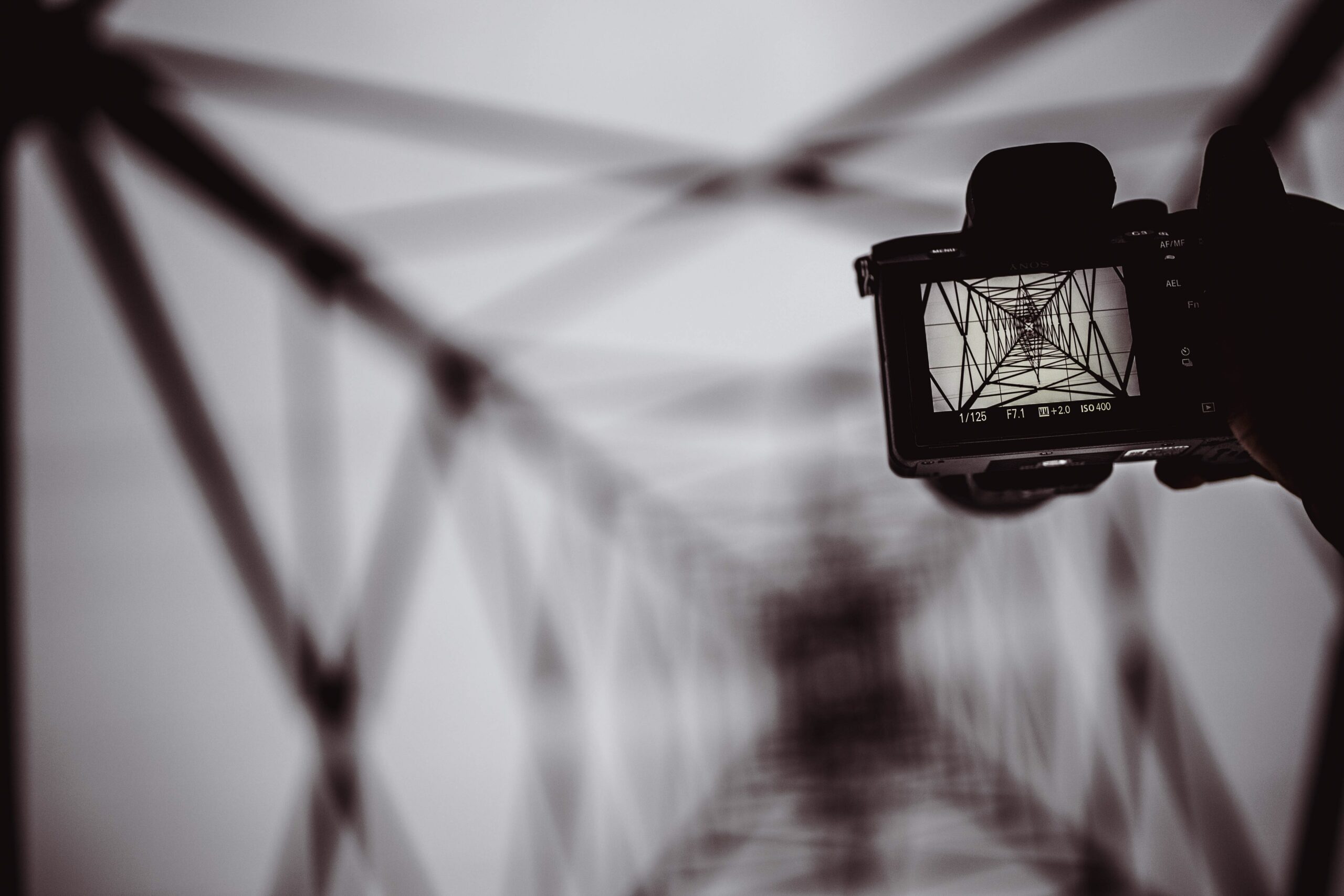Learning photography can be a daunting task for many. There are so many different things to learn, and there is always some new technique or piece of equipment to buy. The best thing that you can do for yourself when learning photography is to have patience with yourself. You will make mistakes, but the more time you put in, the better your photos will become! Here, we’ll cover 11 essential tips that every photographer should know before they start out!
It’s easy to get discouraged when you feel fearful, or not as confident. Embrace it! The most important thing is to remember that failure happens, and it’s a part of the process.

Start with manual mode
When you’re taking photos in manual mode, it can be overwhelming to figure out how the settings affect your photo. Let’s start with manual mode and slowly work your way up to more complicated modes.

Focus and frame your shot
The frame of the shot is important, and an image that’s blurry or improperly framed is not as useful, but a less exposed photo can be saved with some adjustments. When taking a picture make sure the subject of your work is properly focused and exposed before you reframe it.

Learn some composition basics
I’m a big fan of composition. It’s what makes or breaks a picture, after all. The most important thing to remember is to keep it simple and don’t overcrowd the frame!
Some things to keep in mind:
- Is the photo aligned? Are the lines or horizons straight, or are there lines that are intentionally different?
- Is the subject clear and focused within range?
- Is the background clean and not too crowded?
- The position of people – are they in frame?
- Rule of Thirds – this rule breaks up the image into 9 equal squares, and by placing your subject and other elements along the lines at the points of the thirds.
- What is the eye engaged to? Where does it go first in the image and end up?

Exposure trifecta
There are three things that can affect a controllable exposure: shutter speed, aperture, and ISO. You can begin by shooting in automatic or priority mode while getting used to your camera controls. Once you have full control over settings for them all, you’ll be able to make tight adjustments for more consistent exposure.
ISO – is an acronym for International Organization for Standardization. The ISO indicates how sensitive the sensor or film is to light. For darker scenarios, you’ll need to use higher or more sensitive ISO settings to capture light, such as 800 or 1600 ISO. Higher settings generally introduce more grain or noise into the image.
Aperture – This refers to the size of the aperture opening. The larger the number, the more narrowly focused your photographs will be.
Shutter speed – A photograph’s exposure is the amount of time your camera shutter is open and the amount of time your sensor or film is exposed to light. Properties like fast, slow speeds rely on how much light will be captured in a shot.

Align the photo when editing
It takes time to get all of the angles perfect, but you should try to straighten shots by looking through your camera’s viewfinder before capturing an image.

When looking through the rangefinder, keep both eyes open.
This also has a few advantages. Shoot with your subjects eyeline in the direction of the lens, this can often feel more natural for them as they will be able to connect with you by seeing one of your eyes. Otherwise, many people may feel uncomfortable – like there is something they cannot see behind your camera.

Explore, and love your photographs
Taking photos of what you love will make the process more enjoyable. Start learning by taking photos of nature, people, pets or anything else that captures your attention.
This will keep you motivated so that you don’t freak out and give up when the going gets tough.

Light Photography
One of the most important parts of photography is light. Photography becomes exponentially better if you have good lighting in a photograph, but what exactly counts as good light?
One tip that will help you become a confident photographer is learning how to deal with light. If the light is too harsh, it can create bad shadows on your subject. Additionally, if the light source is unflattering, see what you can do to move it (in a studio) or move your subject elsewhere (outside).

Golden Hour!
A photographer’s success is often dependent on the quality of lighting. Sunrises and sunsets provide a fleeting window with superb lighting conditions, so try to shoot during the golden hour.
The longer shadows and the diffused light during these periods are much more flattering to your subjects. The diffused light will keep highlights in your photos from being over-exposed and also help you record detail – even in silhouettes which can be lost when there is high contrast or bright, indirect sunlight.
Patience is key
It’s common for beginner photographers to make mistakes when they are just starting out. However, the best way to prevent this from happening is by taking your time and slowing down, particularly when you first start learning photography.
To start off on the right foot with your shots, double-check that your camera’s settings are accurate and suit the environment you will be photographing in.
Shoot in RAW
Most digital SLR cameras offer two file types to shoot with: RAW and JPEG. The general consensus is that shooting in the RAW format gives you better dynamic range, much higher-quality images (although uncompressed), bulkier files, and abilities for post-processing. Shooting in JPEG mode provides smaller files, quicker processing time since no camera sensor recalibration is required, but the quality suffers because of a compressed image. If the JPEG is good enough for what you want, continue to use this setting.
We hope these 11 essential tips for getting started in photography helped you to find your footing and get out there shooting. Remember, patience is key so don’t expect immediate results from a single photo shoot. With practice, exploration, and love of the craft – we know that photography will be loads of fun!
Cover Photo by Jamie Street

